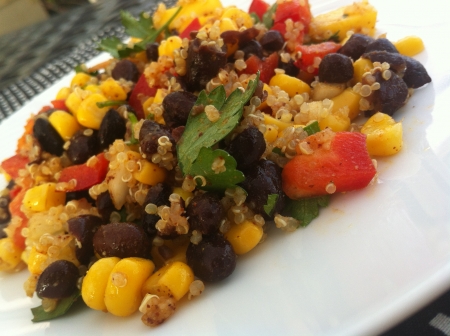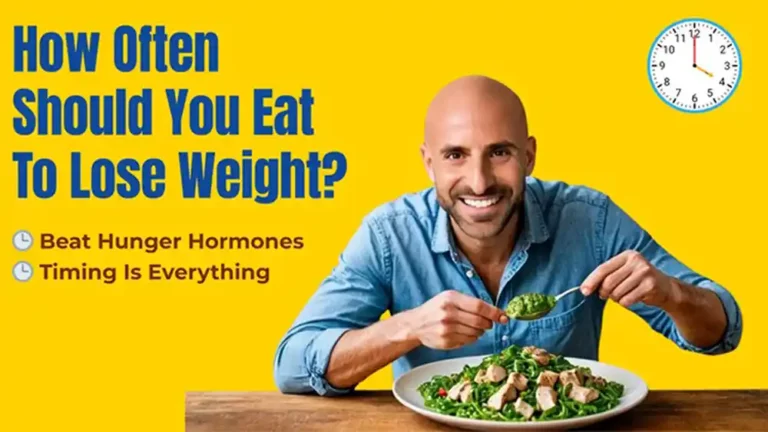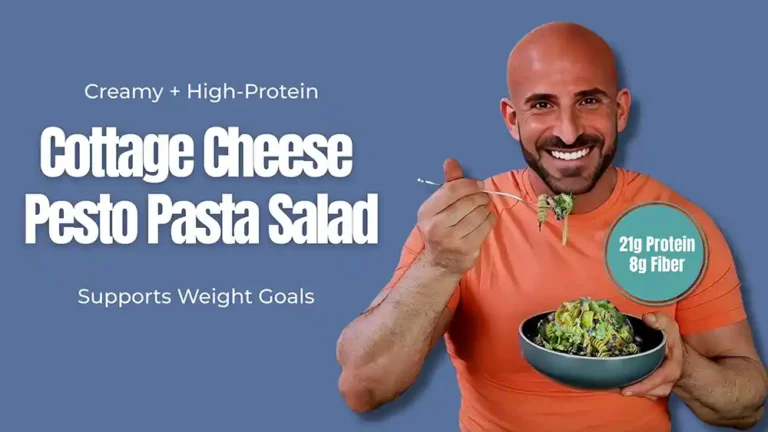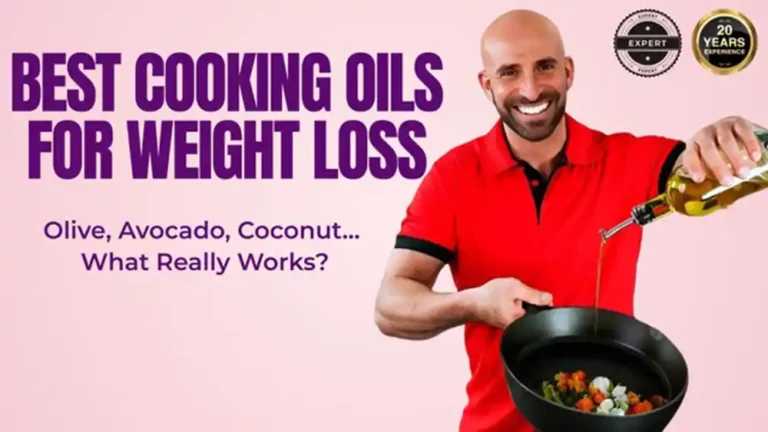Whole Grain Goodness
Carbohydrate-rich foods often get a bad connotation as individuals are quick to associate carbohydrates with the highly refined grains we typically find in processed breads, cakes, cookies, and other baked goods. While it’s true research is showing that all these highly refined carbohydrates may be increasing our risk of diseases such as type 2 diabetes, intake of whole grains actually leads to weight loss, better health, and longevity.
Whole grains – an intact grain or seed with an outer bran layer, endosperm layer, and an inner germ layer, not only provide carbohydrates, they are packed with antioxidants, phytochemicals, vitamins, minerals, fiber, and even protein. When you strip away a whole grain of its outer bran coating and germ, all you’re left with is the starchy endosperm – essentially rapidly absorbable carbohydrates without many added nutritional perks.
It’s important to remember that healthy whole grains form the foundation for entire traditional diets, from millet in Africa to quinoa in Peru. In fact, quinoa deserves a little extra recognition for its nutritional profile. Aside from soy and spinach, quinoa is the only other plant food that supplies all the essential amino acids the body needs. A ½ cup serving provides 111 calories, 4 grams of protein, 3 grams of fiber, and more the 10 percent the daily value of magnesium, phosphorus, and manganese. Excellent in porridges, as well as a simple side dish to replace rice, quinoa is a perfect example of why you should diversify your whole grain selections. Don’t just stop at whole wheat – include an array of whole grains in your diet to reap the benefits of their own unique nutritional benefits, flavor, and culinary uses.
Try one of these five suggestions for increasing your intake of whole grains:
1. Stir oats into cookies, breads, muffins, and even veggie burgers.
2. Put a whole grain pasta or salad on the menu a few times a week, The Southwestern Black Bean Quinoa and Mango Medley is a good place to start.
3. Toss precooked whole grains, such as quinoa, bulgur, or wheat berries into soups and salads throughout the week.
4. Sprinkle muesli or granola over applesauce or yogurt for a healthy, delicious treat.
5. Replace refined flour with whole grain flour in your favorite recipes, such as pancakes, cookies, and homemade breads. You can even start with replacing half the flour with whole wheat or white whole wheat flour and work your way up.
Sharon Palmer is a registered dietitian, writer and author of The Plant-Powered Diet. Over 750 of her articles have been published in national publications, including Prevention, Better Homes and Gardens and Today’s Dietitian. She is also the editor of the award-winning publication Environmental Nutrition and writes for her blog, The Plant-Powered Dietitian. Sharon makes her home with her husband and two sons in the chaparral hills overlooking Los Angeles.






